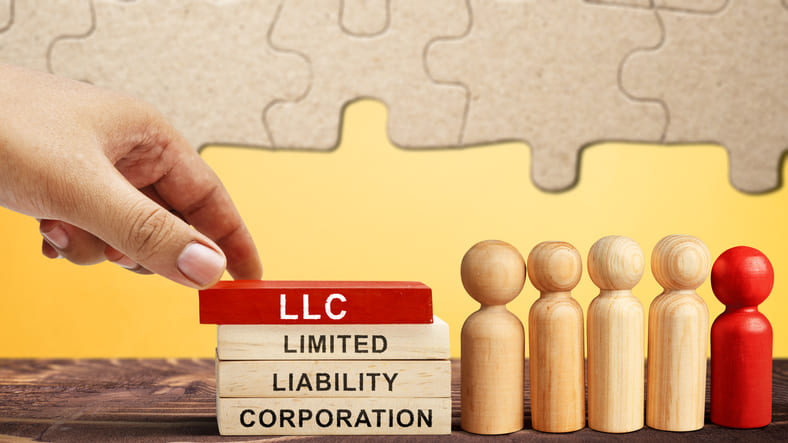[ad_1]
The work experience section is the cornerstone of a chronological resume. It lists positions in reverse chronological order, highlighting your most recent job at the top of the section.

 It also shows your career progression and allows hiring managers to see that you have the right skills for their company. However, if you have significant gaps in your employment history, this format may not be the best choice. You should also search for tips on resume format that assist you a lot in this regard.
It also shows your career progression and allows hiring managers to see that you have the right skills for their company. However, if you have significant gaps in your employment history, this format may not be the best choice. You should also search for tips on resume format that assist you a lot in this regard.
- Recruiters can easily scan your resume
As its name suggests, this resume format begins with your most recent position and then works backwards. That way, recruiters can easily see your career progression and the skills you’ve developed in each job.
This type of resume is best for job seekers who have a clear and consistent work history without large gaps in employment. It also works well for people who are applying for jobs in fields like their past experiences. If you’re looking to switch industries, a chronological resume might not be the best choice because it can highlight your lack of experience in the new field.
For this reason, you might want to consider a functional or combination resume. A summary section can help you show your transferable skills and may be a good place to list any relevant qualifications that don’t fit in the work experience section. This section might include soft skills like leadership and teamwork or hard technical skills, such as software and computer skills.
- You’re more likely to get an interview
Generally, work experience takes centre stage in a chronological resume. The employer can see your progression from one position to the next. The format works well for those with a long track record in their field of expertise. It can also highlight skills and accomplishments in a way that other formats do not.
Other optional sections of a chronological resume include an objective statement, a career summary, and an education section. The latter is not always included but can be a great place to list any relevant certifications or professional development courses you have undertaken.
If you are seeking a job that is directly related to your previous employment, a chronological resume might be the right choice for you. However, if you are seeking to change careers completely, this format may not be the best fit. For this reason, it’s best to use a functional or combination resume format. Then you can highlight your transferable skills in your experience section and make it clear how you will be a good fit for the new industry.
- You’re more likely to get a job offer
The chronological resume format prioritizes your work experience and enables hiring managers to see a glance if your career progression is a good fit for their organization. It also demonstrates that you’ve consistently advanced within your job roles and industry. Plus, it’s easy for applicant tracking systems to read, which means you’ll have a better chance of being found by the right recruiters or hiring managers.
However, a reverse chronological resume may not be the best option for everyone, especially people who are just starting their careers or making significant career changes.
Regardless of which format you choose, start your resume with your name in a large, easily read font. This is one of the first things recruiters will notice and should stand out from the rest of the content.
[ad_2]
Source link









